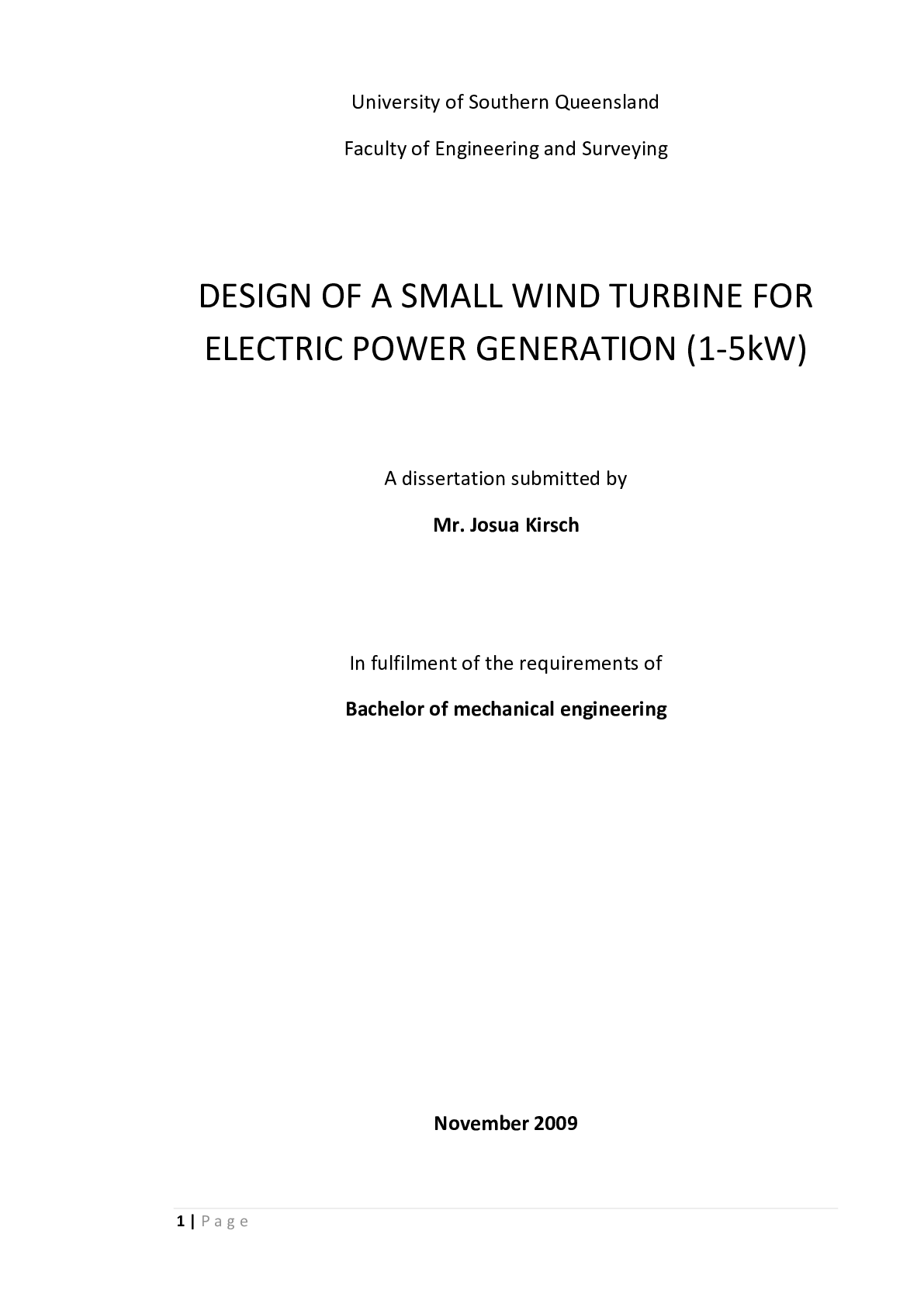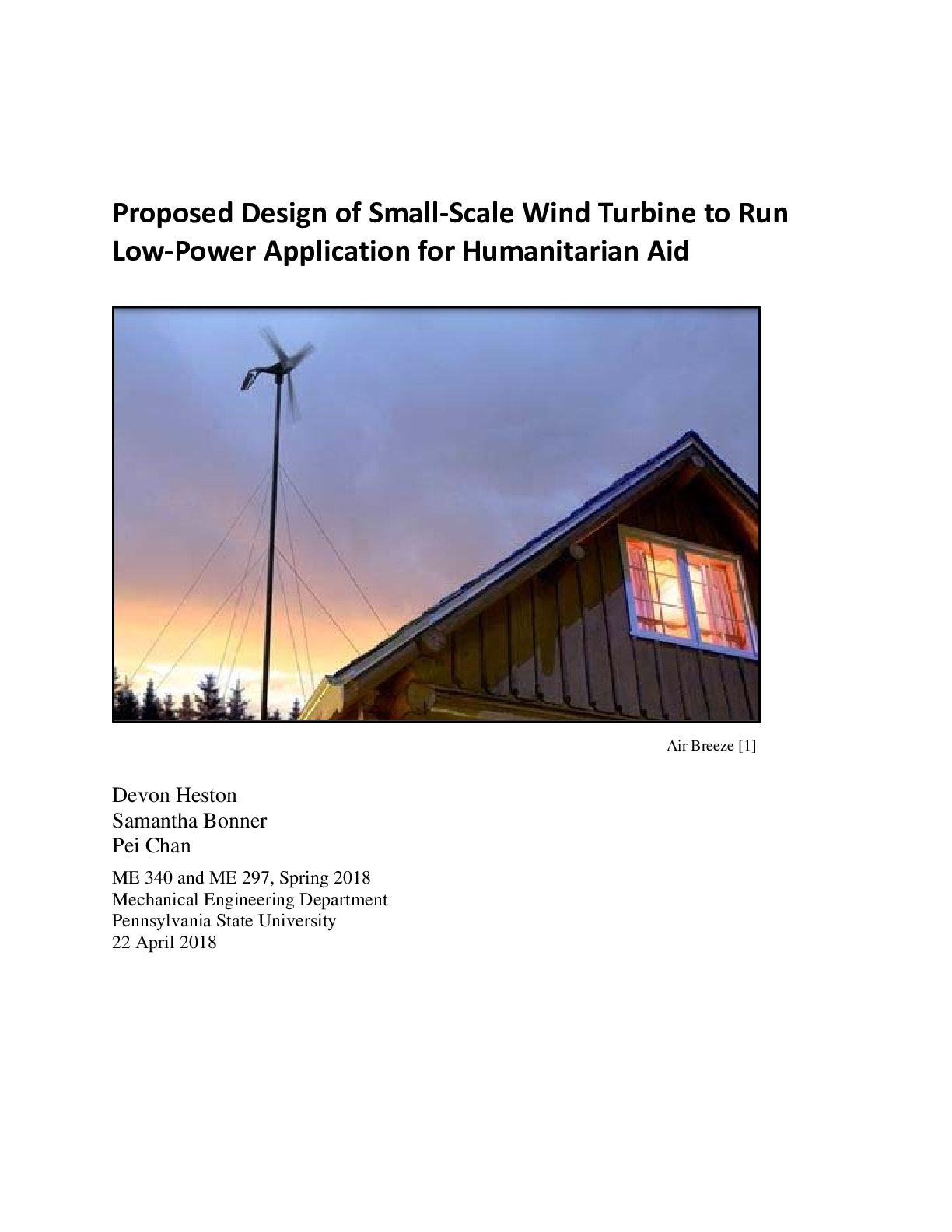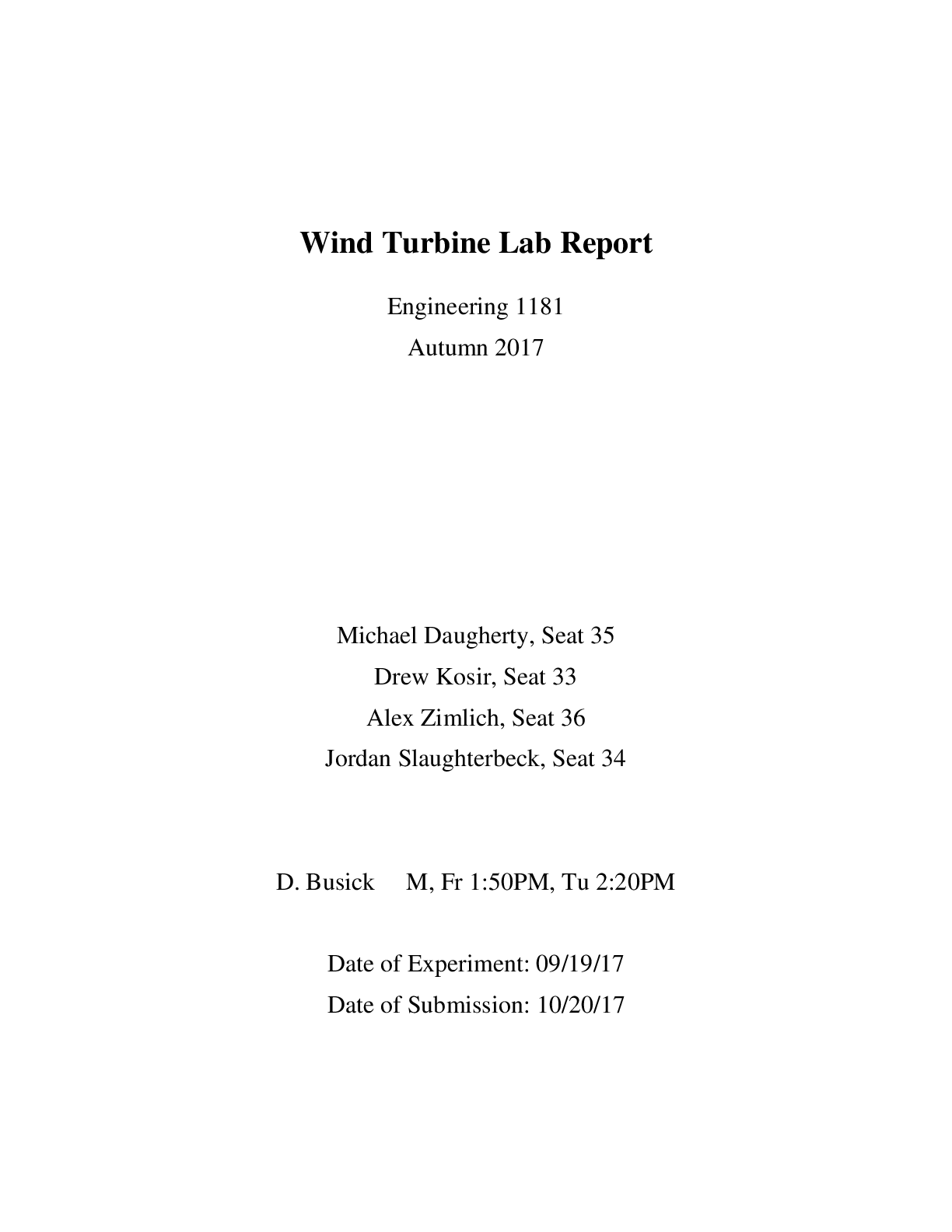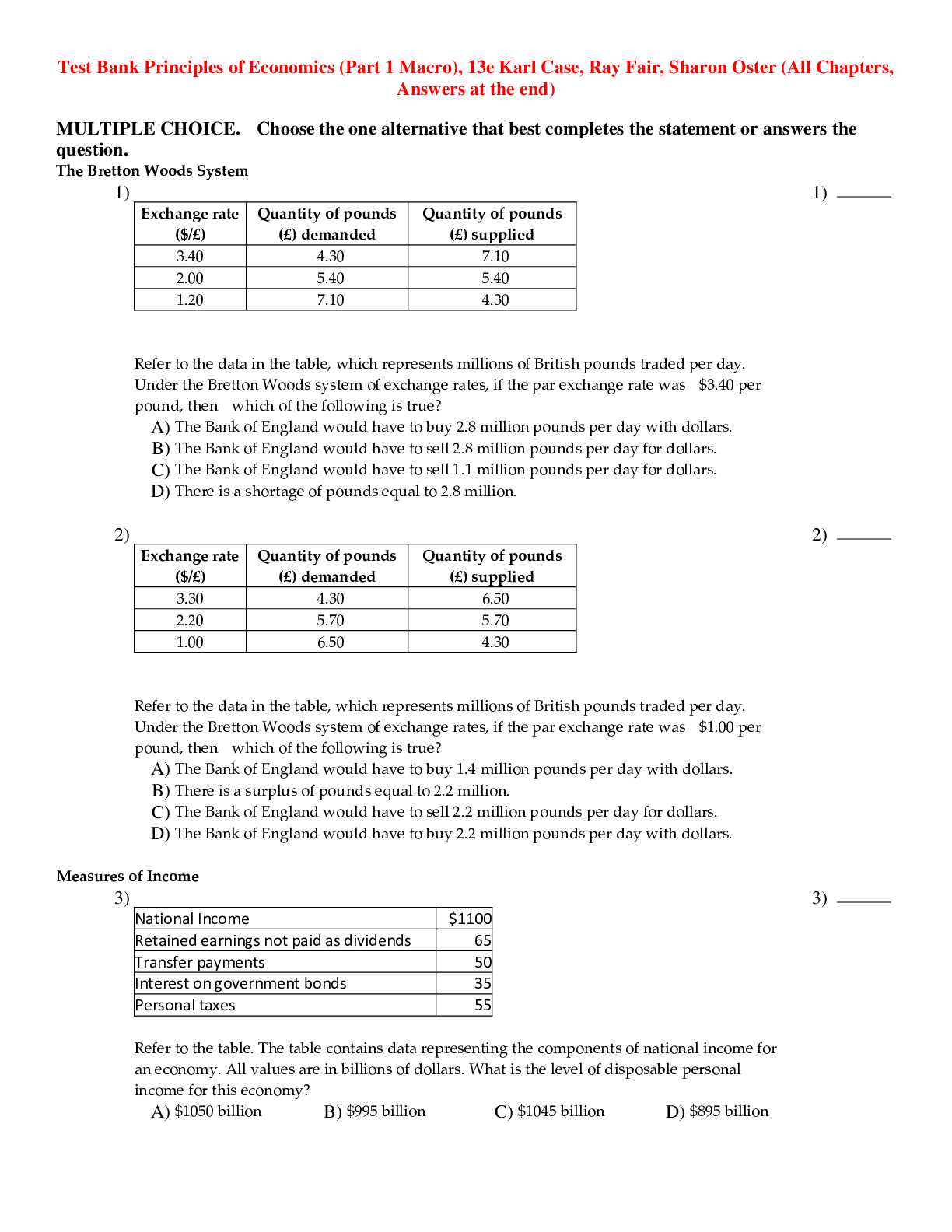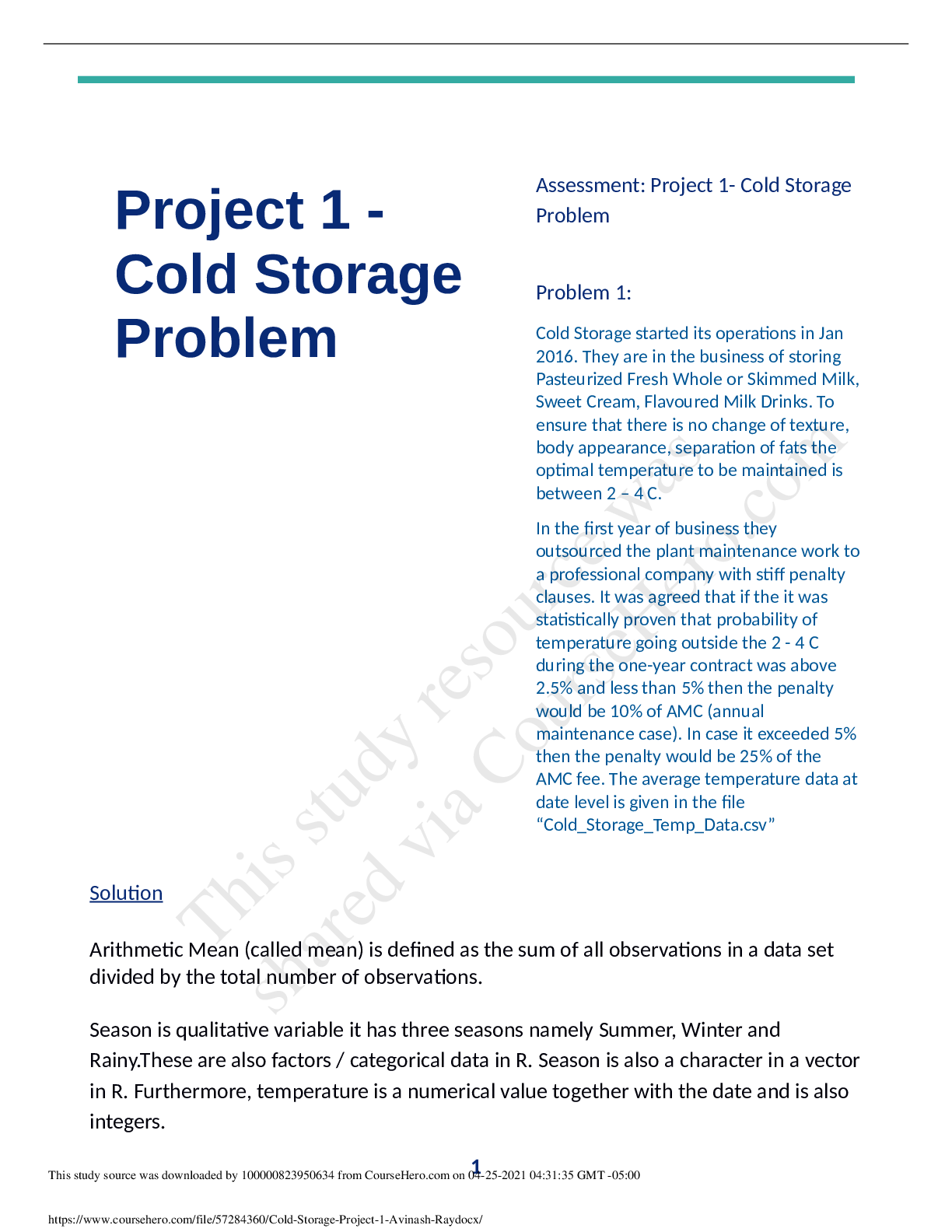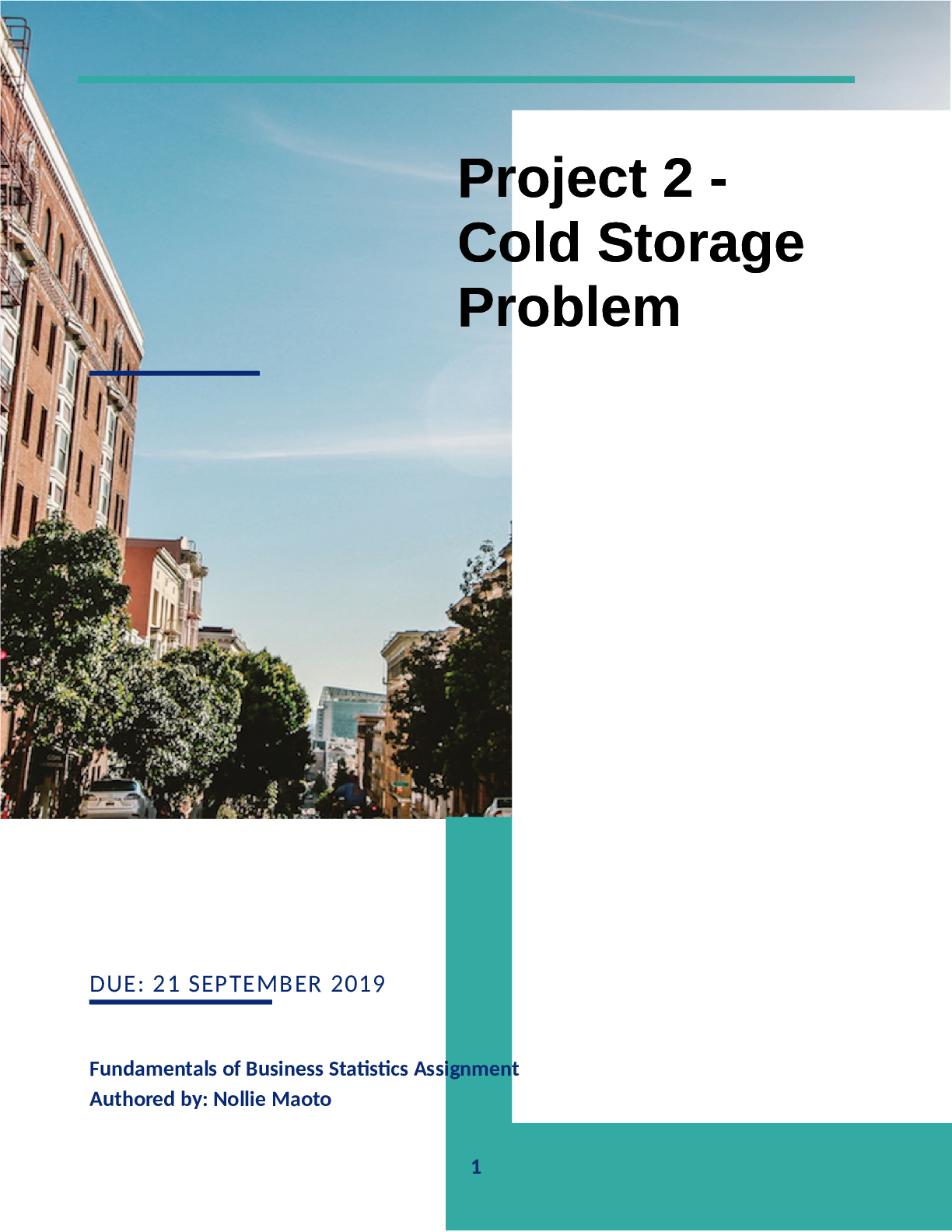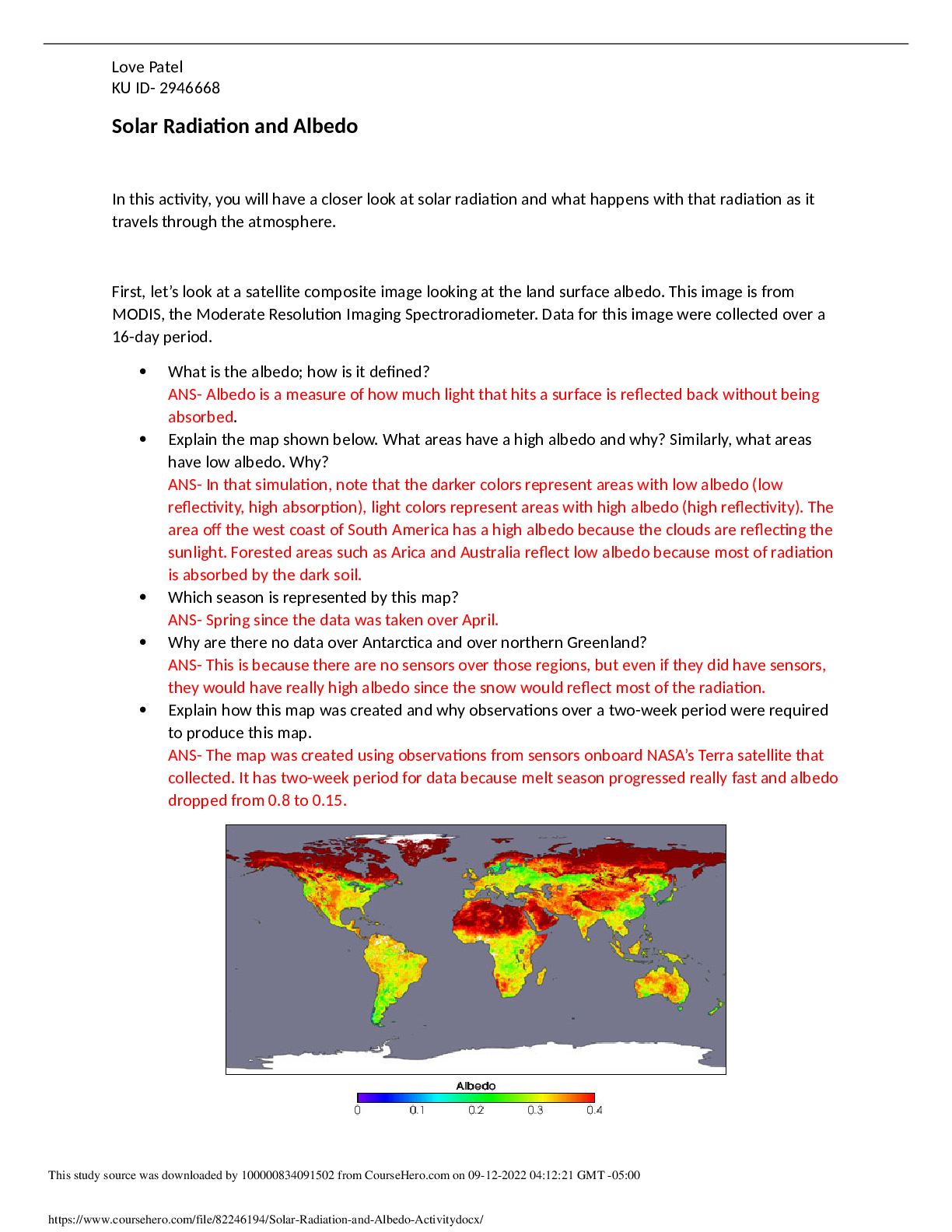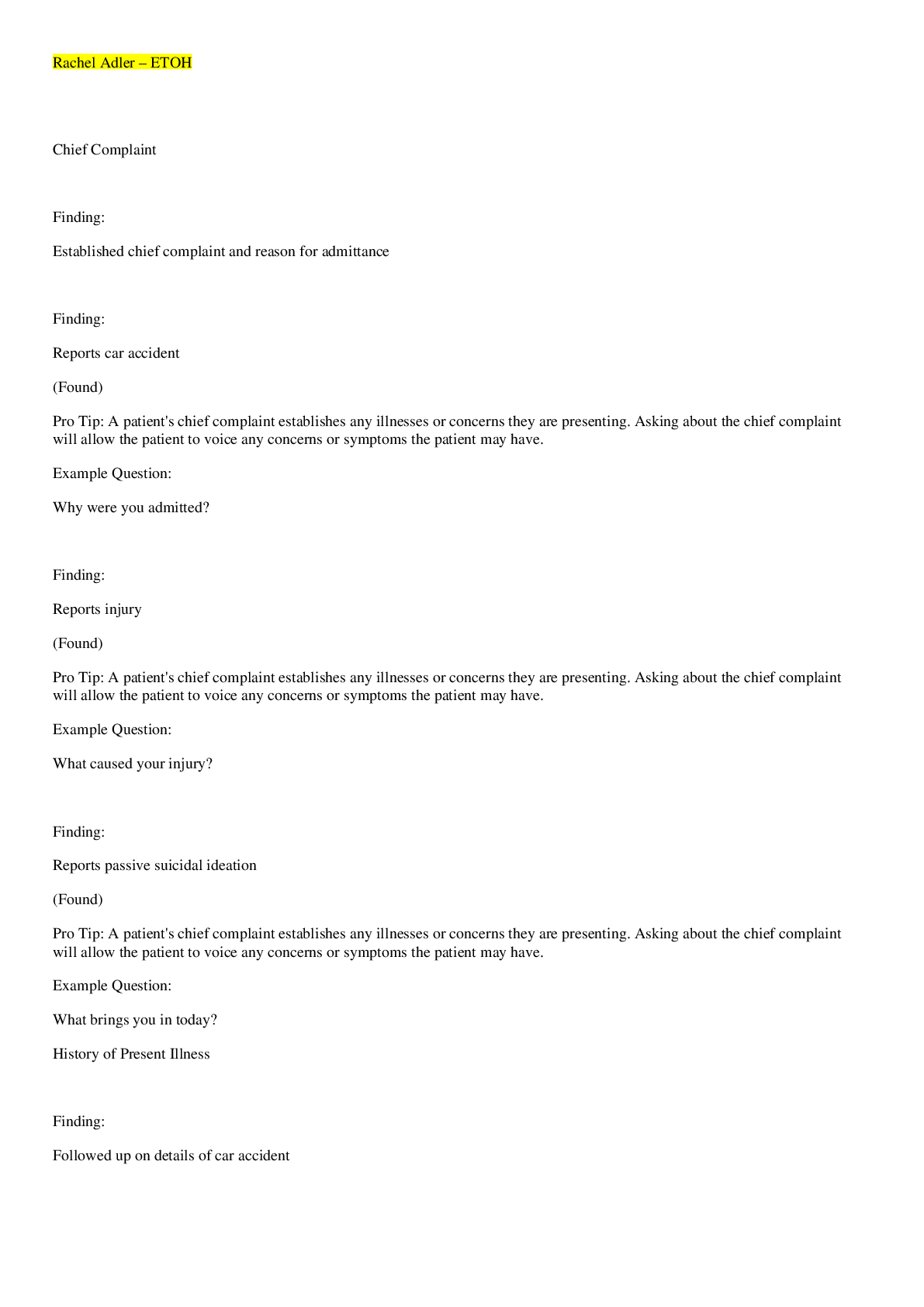Ethane to Ethylene Northwestern New York University - CHEMISTRY V25.0243
Document Content and Description Below
Ethane to Ethylene (G1) From processdesign Team G1 Final Report Authors: Tahir Kapoor, Brandon Muncy, Alex Valdes Instructors: Fengqi You, David Wegerer March 13, 2015 Contents ◾ 1 Executive ... Summary ◾ 2 Introduction ◾ 3 Market Analysis and Design Basis ◾ 3.1 Design Basis ◾ 4 Process Technologies and Alternatives ◾ 4.1 Steam Cracking ◾ 4.2 Natural Gas Processing ◾ 5 Process Flowsheet ◾ 6 Economic Analysis ◾ 6.1 Capital Costs ◾ 6.2 Operating Costs ◾ 6.2.1 Fixed Operating Costs ◾ 6.2.2 Variable Operating Costs ◾ 6.3 Estimating Revenues ◾ 6.4 Profitability Analysis ◾ 6.4.1 Sensitivity Analysis ◾ 7 Conclusion and Future Steps ◾ 8 References Executive Summary The purpose of this project was to design a natural gas processing plant integrated with an ethylene production plant. Taking raw shale gas as input, pipeline quality natural gas and polymer grade ethylene are produced in high quantities. Ethane to Ethylene (G1) - processdesign Page 1 of 10 https://processdesign.mccormick.northwestern.edu/index.php/Ethane_to_Ethylene_(G1) 8/24/2017The plant is located in Stark County, Ohio, due to its proximity to the Marcellus Shale Region and favorable state tax rates. The Marcellus Region is a massive source of shale gas in the United States and is currently underdeveloped. The plant is designed to process 13.5 MMM kg of gas, and produce 11 MMM kg of sales gas and 1.6 MMM kg of ethylene, per annum. The proposed design relies on industrially proven technology. Initially, acid gases in the raw gas are removed via amine absorption. Next, the sweet gas is mixed with cracked gas products and sent to flash drums and a molecular sieve column to remove heavy hydrocarbons and water. Front end dehydrogenation is then used to eliminate acetylene byproduct. Cryogenic distillation columns are then used to isolate methane, ethylene, and ethane from heavier hydrocarbons (C3+). Methane and ethylene are sold as product, and ethane is recycled to the cracking furnace. Natural gas combustion within the furnace raises temperatures high enough to induce the cracking reaction that converts ethane to ethylene. The cracked gas effluent is rapidly quenched with heavy oil and water before being mixed with the sweet shale gas. These operations were simulated in Aspen HYSYS v8.0. Based on HYSYS economic analyzer and commonly used correlations, the following cost data was calculated: capital cost (equipment purchase and installation) 1.2-1.6 MMM USD, fixed operating cost 0.10 MMM USD, and variable operating cost (heating/cooling utilities, electricity, and raw materials) 2.0 MMM USD. Total revenue from selling sales gas, ethylene, and other side products at current prices is 2.1 MMM USD. However, commodities futures from the Chicago Mercantile Exchange predict that oil and ethylene prices will rebound from their recent drop. Based on these futures, revenue is expected to be approximately 2.9 MMM USD on average between 2017-2026. Assuming plant construction takes two years, and production begins the third year, the net present value over twelve years is 1.2 MMM USD, with a payback period of six years. It is very important to note that the cost estimations are extremely sensitive to commodities prices and future energy crises can greatly impact profitability. A sustained 11% fall in natural gas prices over the projected revenues will result in a net present value of 0 USD. This design analysis is a reasonable starting point in terms of evaluating essential process technology, equipment setup, and cost estimation. However, this analysis does not consider many aspects, notably process controls or detailed reactor design. Therefore, more research is necessary before the design is complete and the plant is ready for construction. Introduction The goal of this project is to design a process for the manufacture of ethylene from shale gas. Ethylene is a fundamental chemical in the production of various important polymers, including poly(ethylene terephthalate), low density polyethylene, and high density polyethylene. For this reason, ethylene is the most produced organic chemical in the world and demand will soon surpass 200 million metric tons per year. Market Analysis and Design Basis [Show More]
Last updated: 1 year ago
Preview 1 out of 10 pages
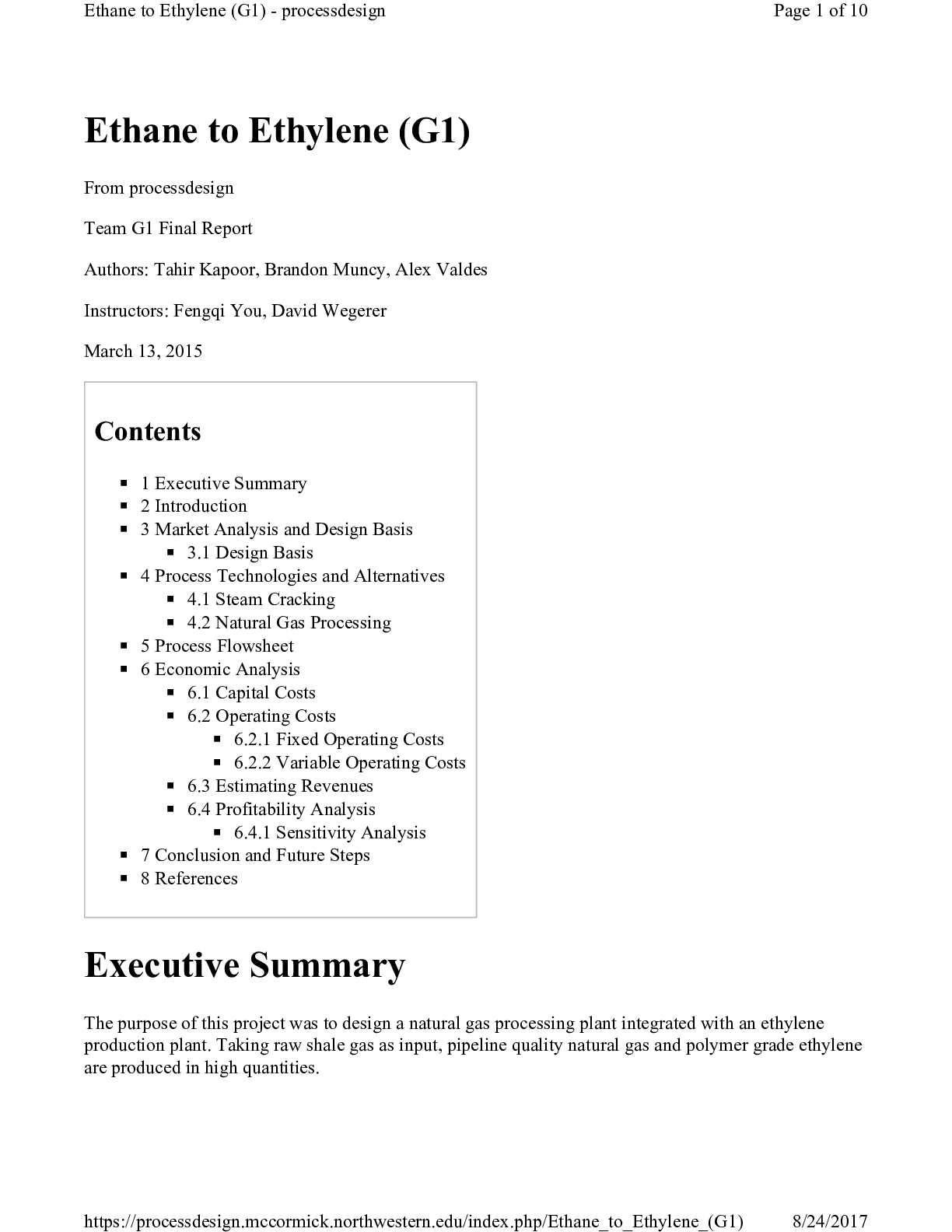
Reviews( 0 )
Document information
Connected school, study & course
About the document
Uploaded On
Apr 15, 2021
Number of pages
10
Written in
Additional information
This document has been written for:
Uploaded
Apr 15, 2021
Downloads
0
Views
75

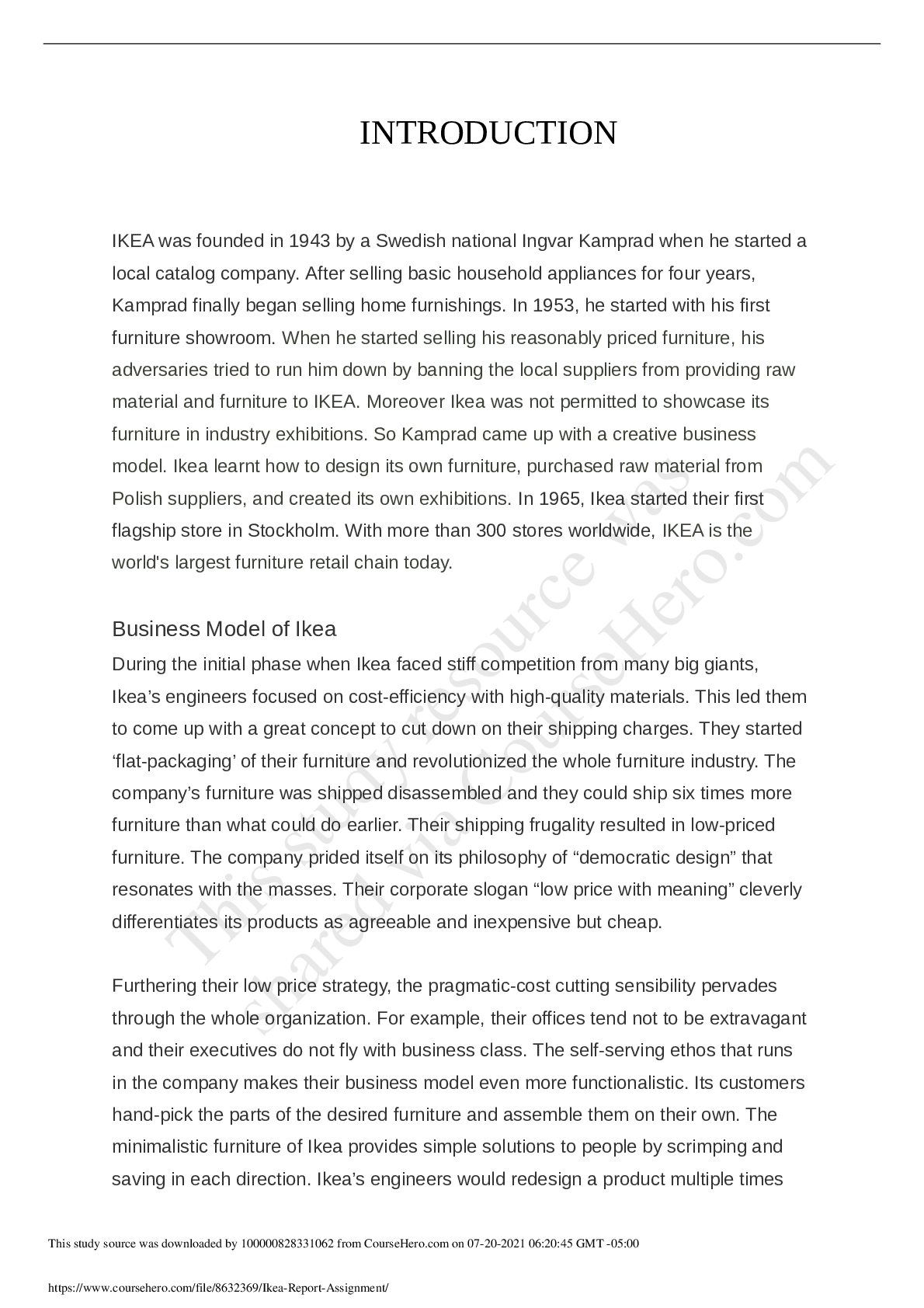
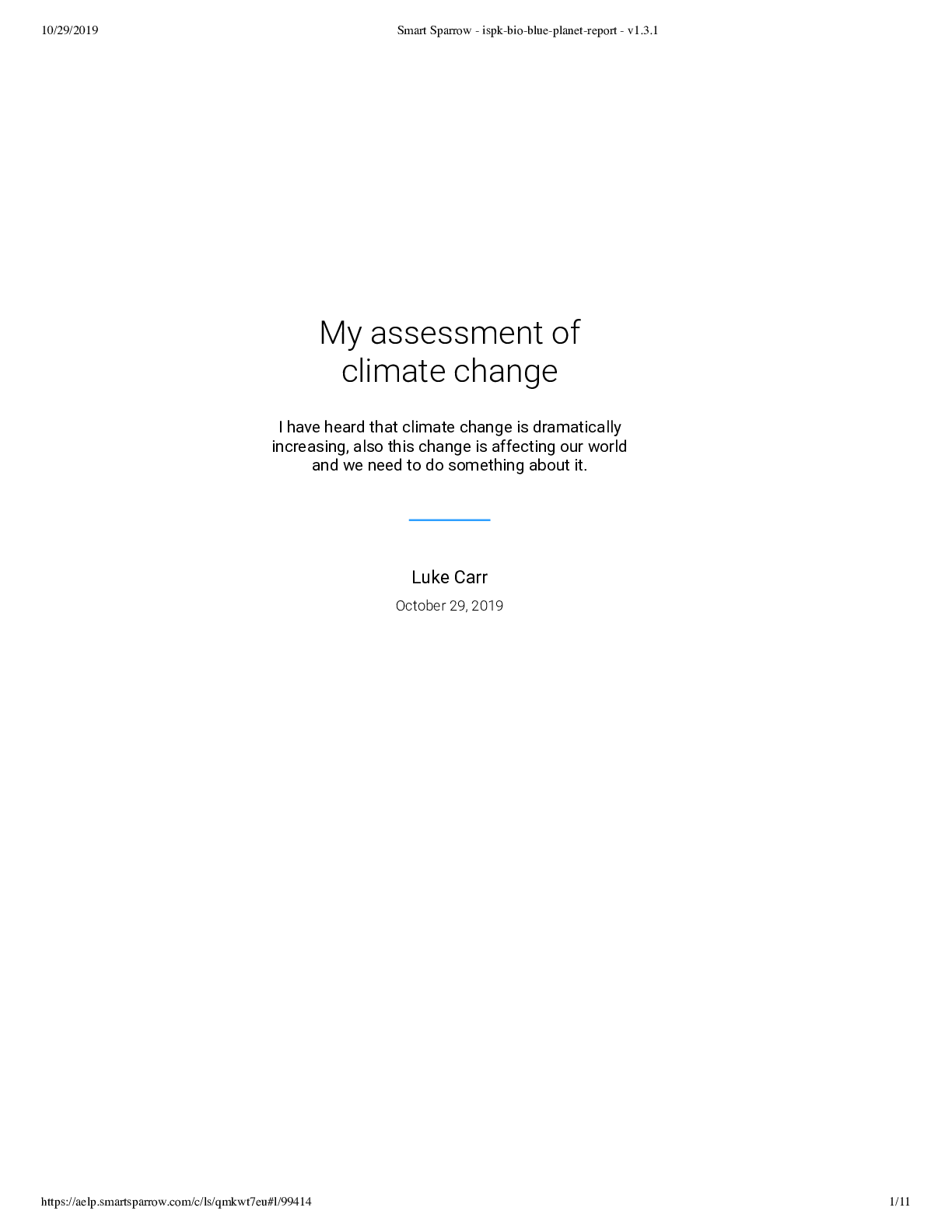

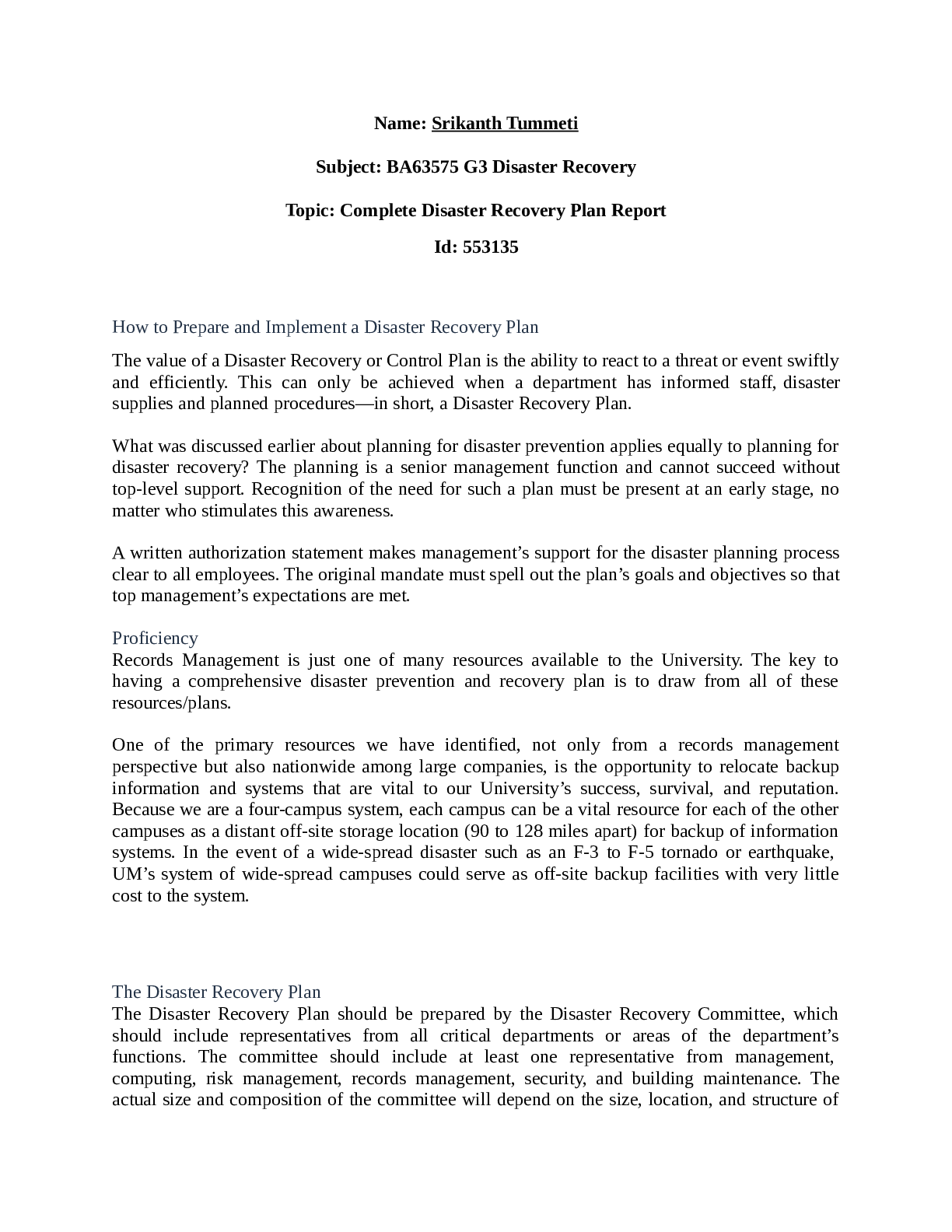




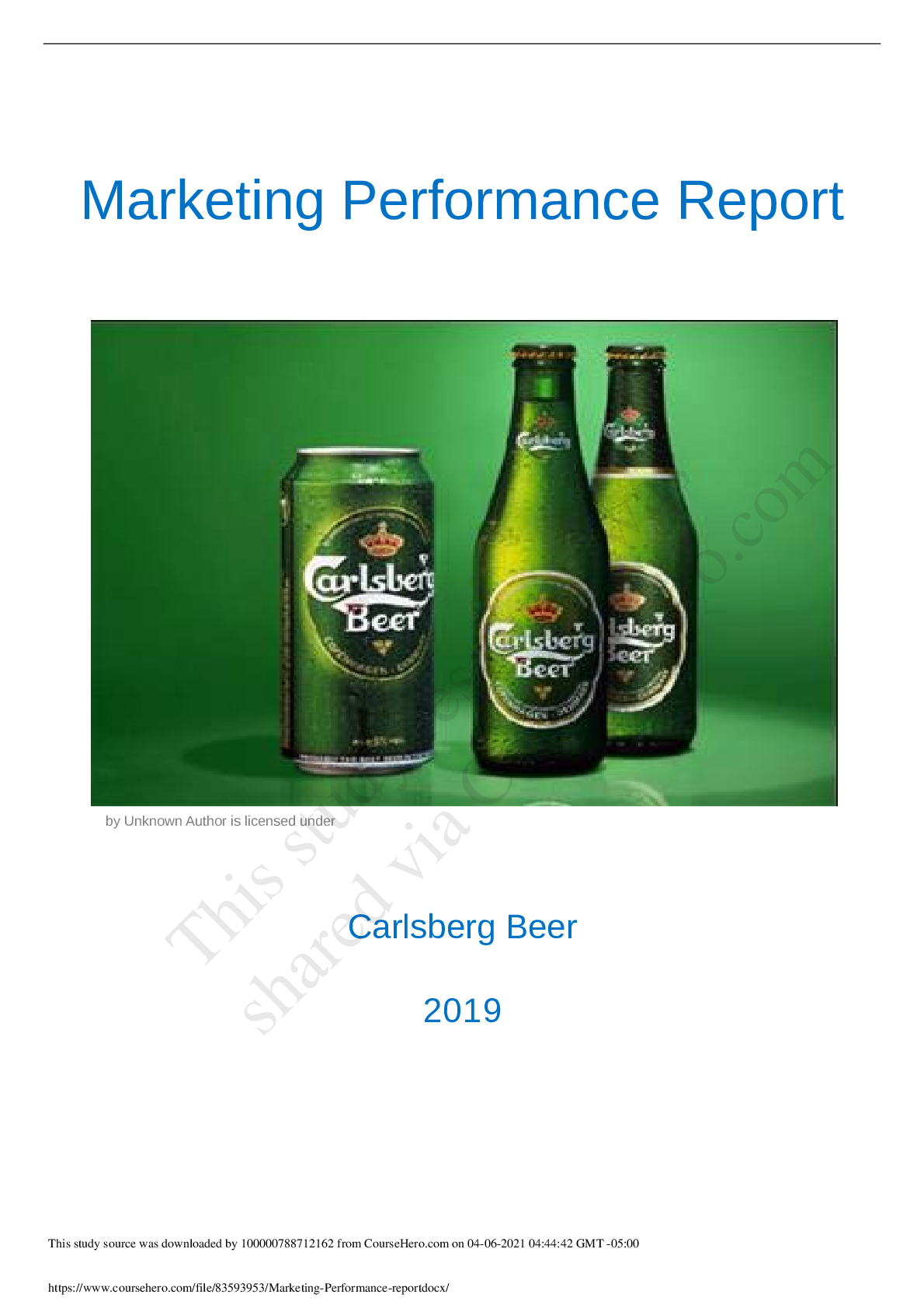
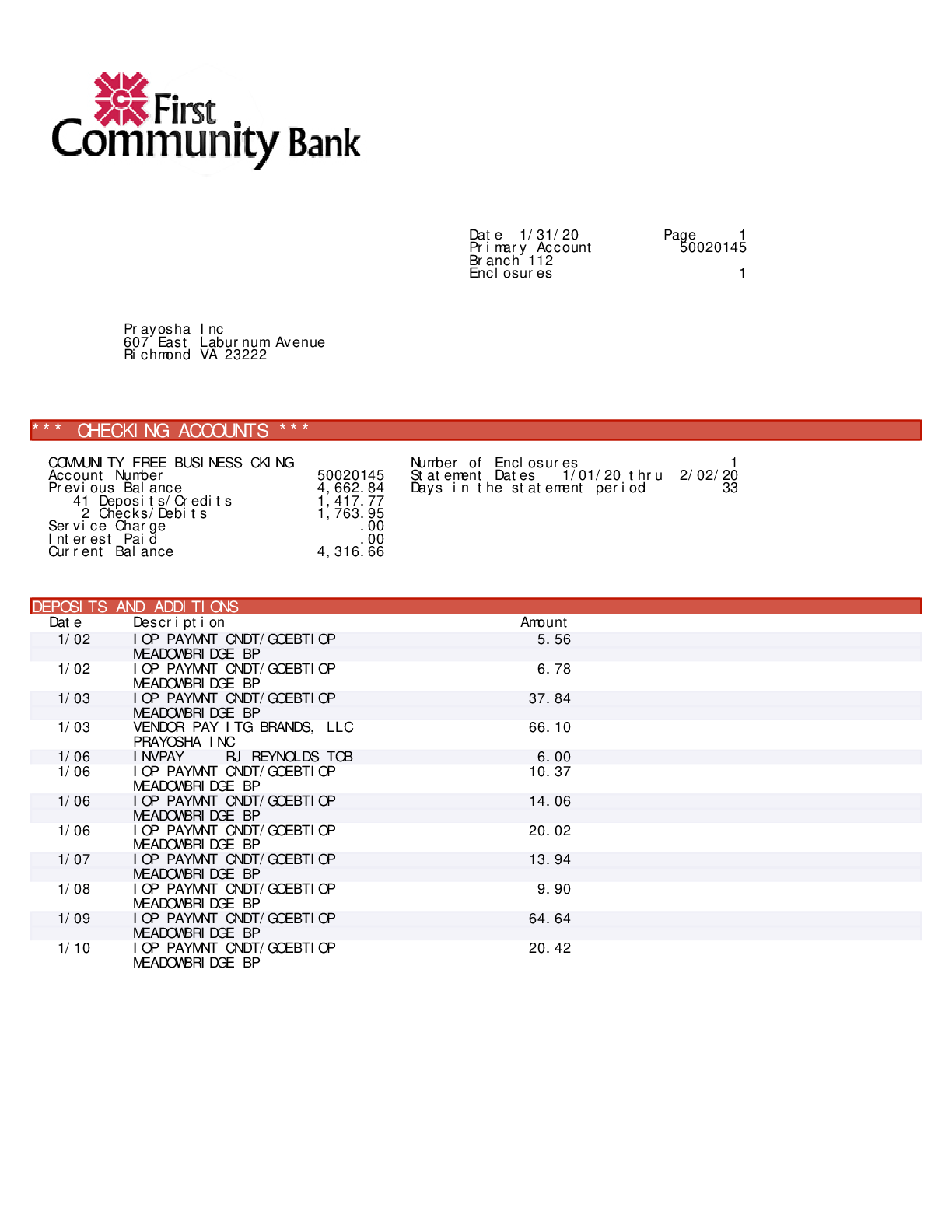





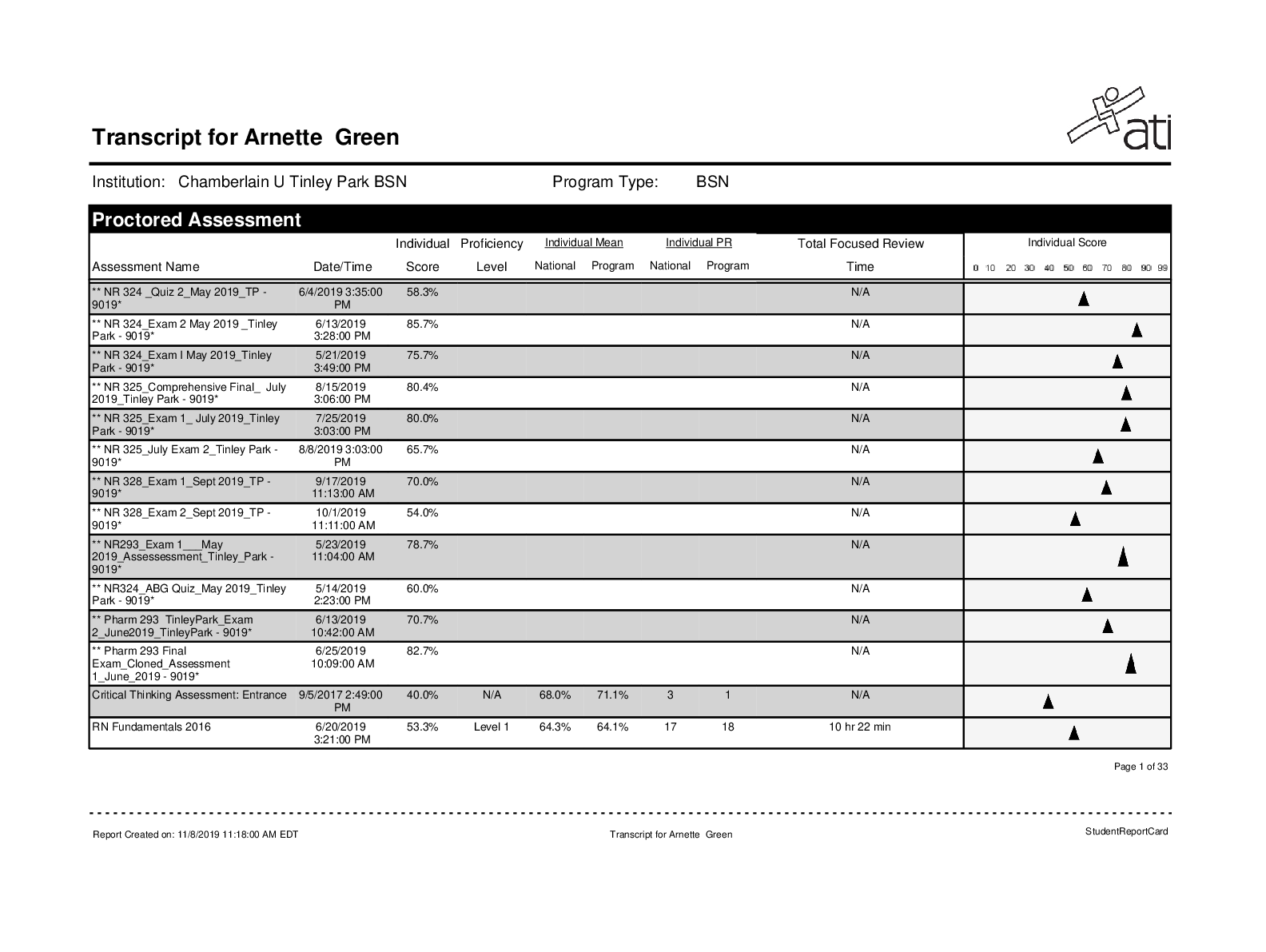

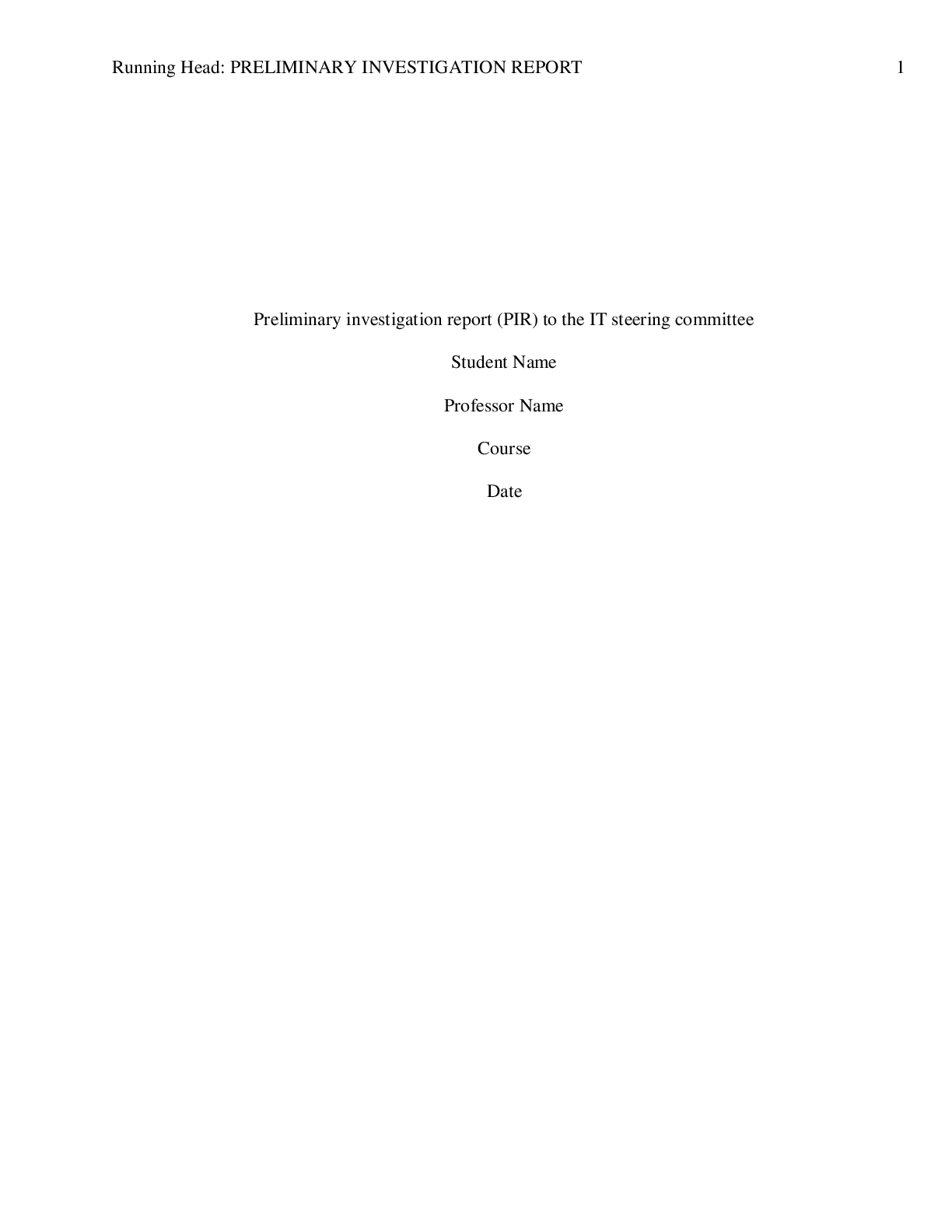

.png)


